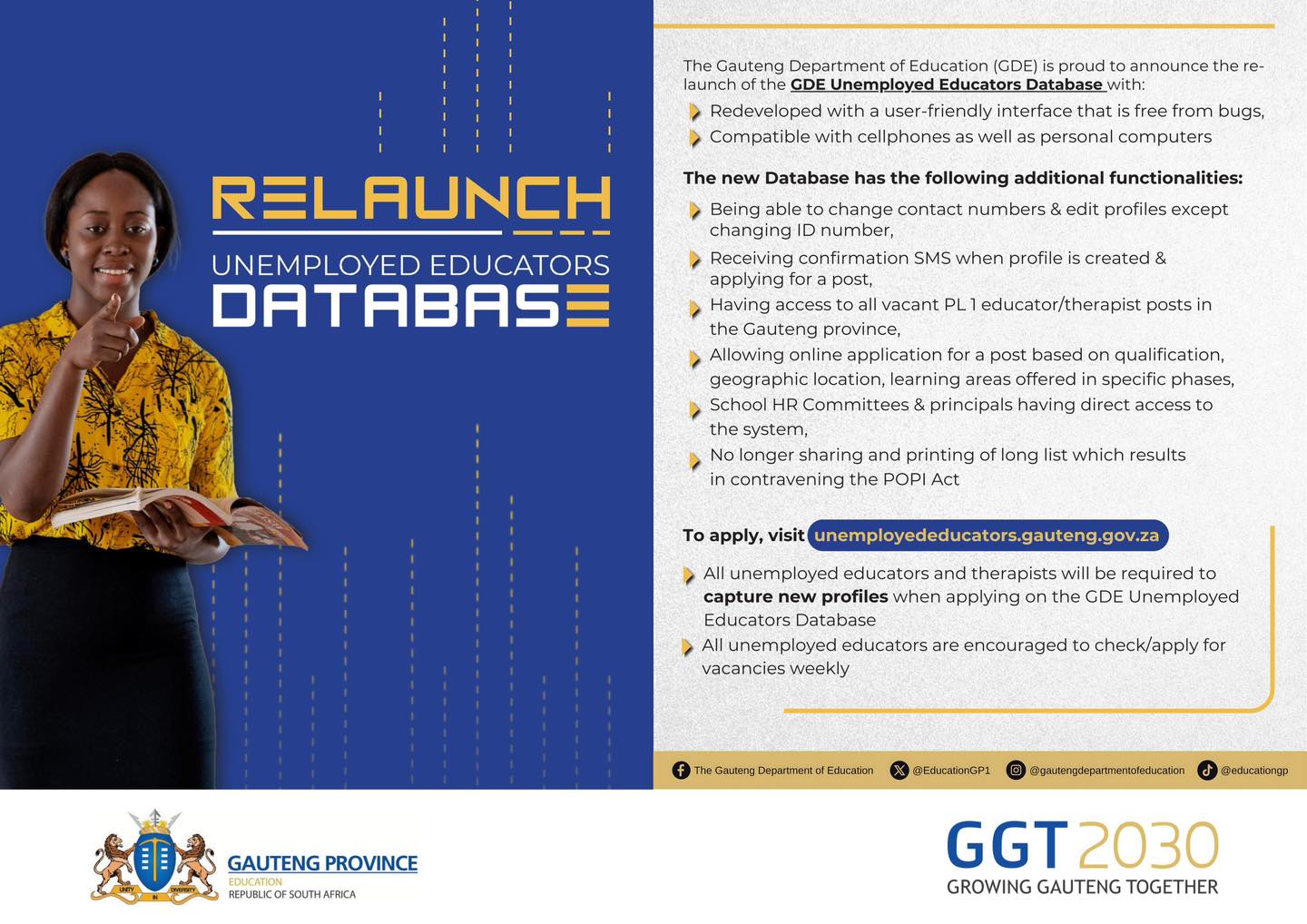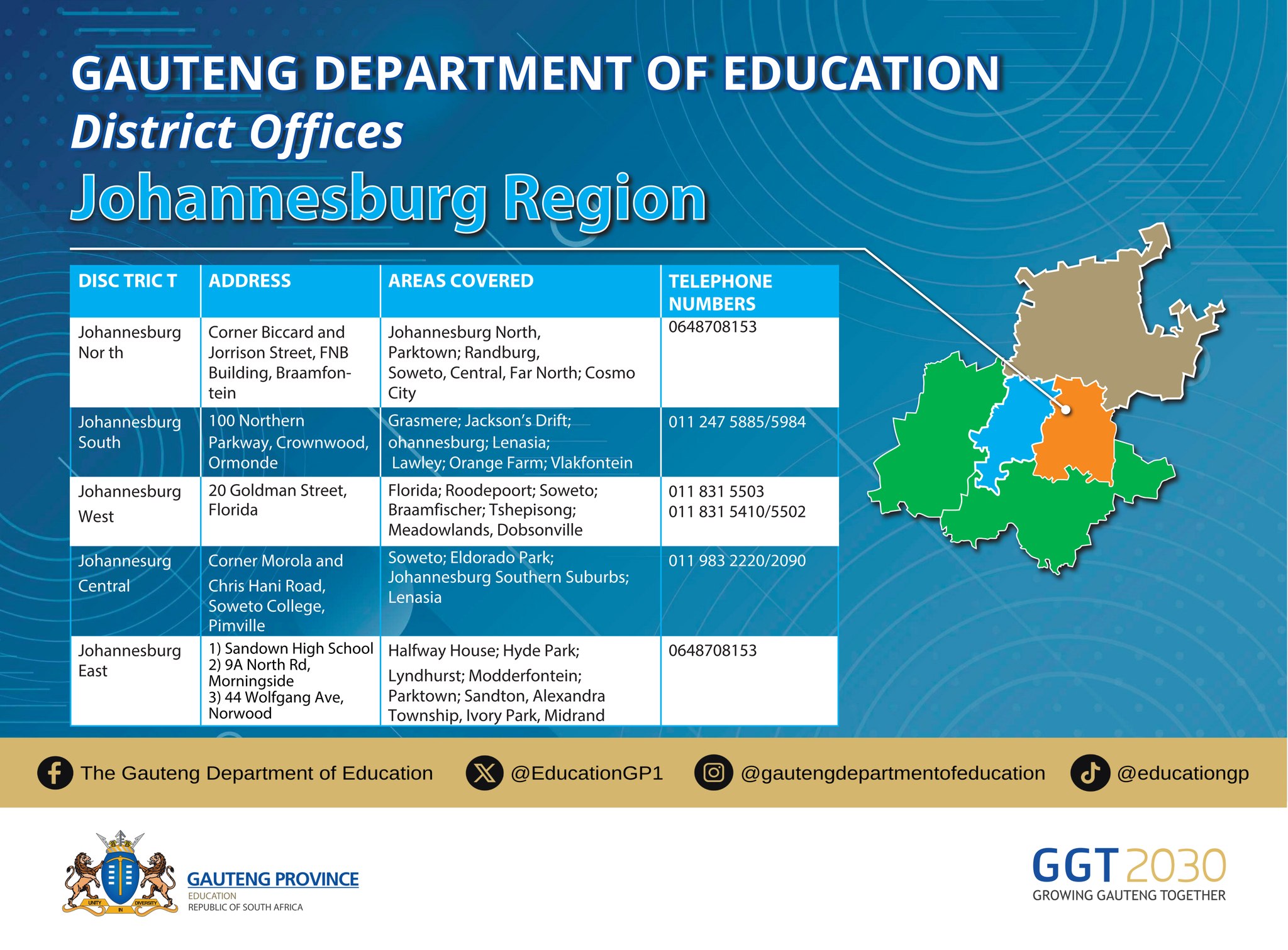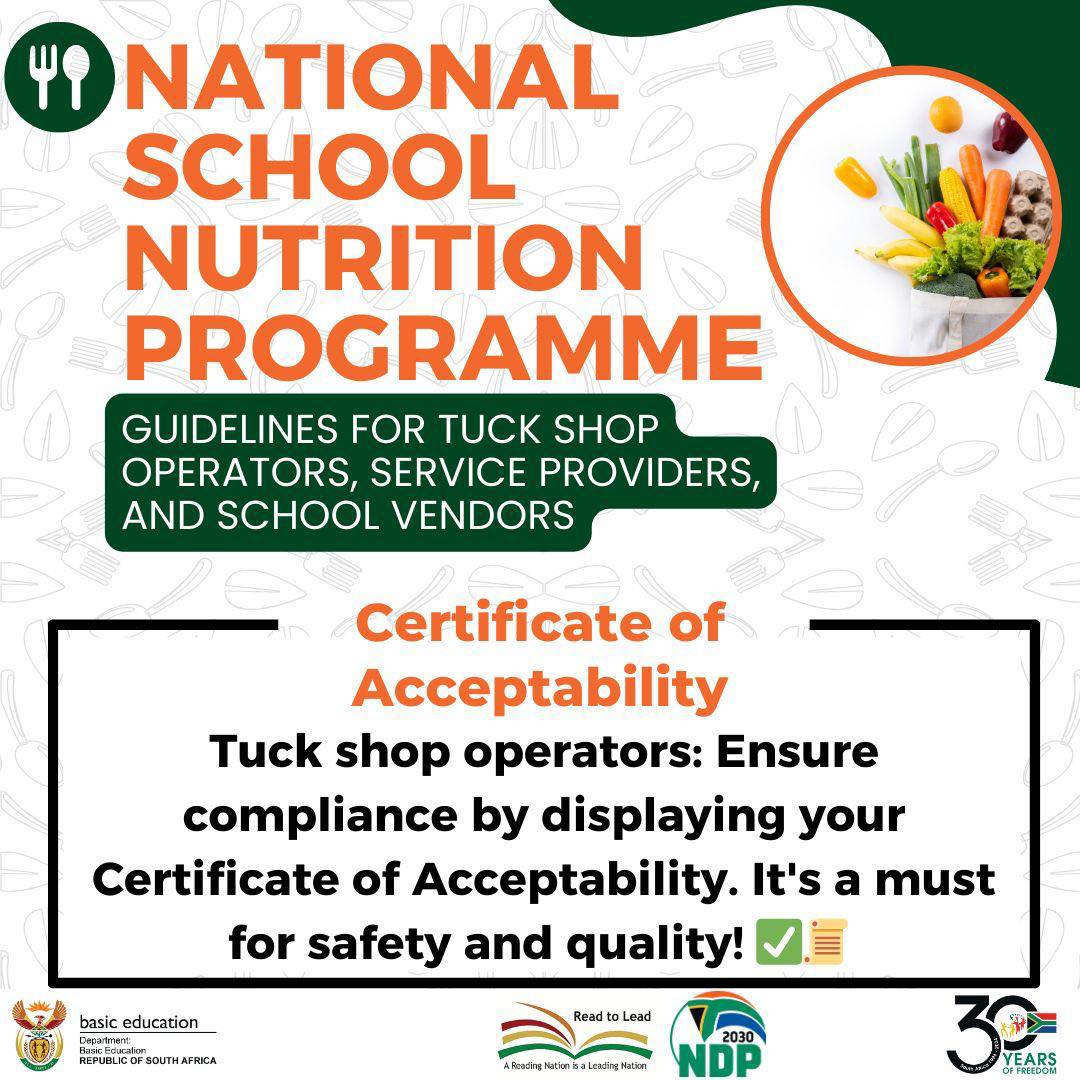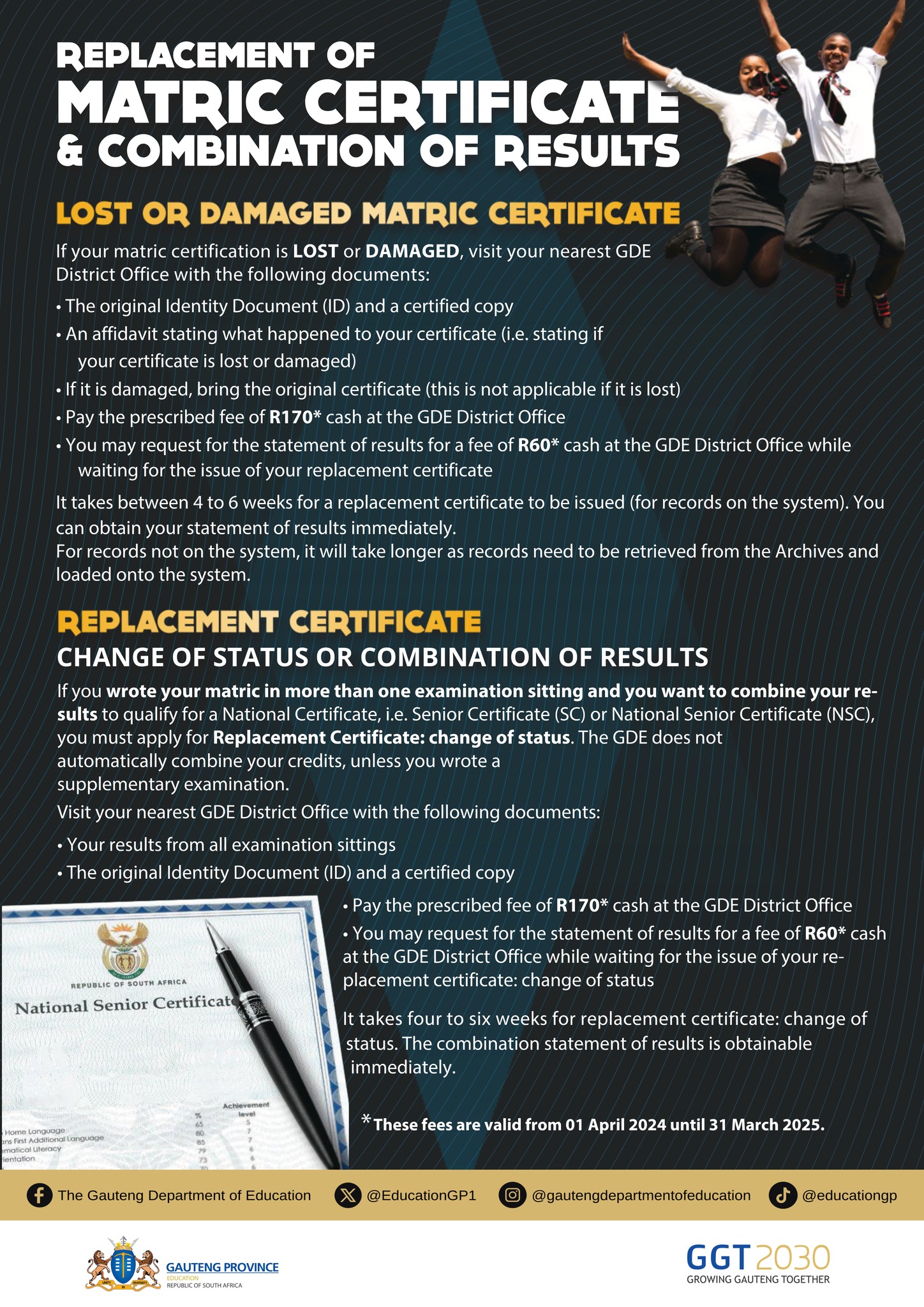By PRABASHINI MOODLEY | Managing Director, Old Mutual Corporate
We’ve seen years of deliberation around this important step in moving retirement fund members away from a world where they can access – and in many cases wipe out – all of their savings every time they move between employers.
We’ve also been working closely with the National Treasury to consult on the practicalities and many intricacies of the new system. And now the scene is set for the implementation of the Two-Pot Retirement System on 1 September.
Old Mutual welcomes the development because, while providing access to some of a retirement fund member’s savings once a year, the new system will prevent withdrawing everything at once, like when resigning or moving to a new employer.
That’s an important step in the right direction that will have significant benefits in the long run, bolstering financial well-being while at the same time providing more flexibility for retirement fund members in the here and now.
What happens next?
We’re focusing on four areas to make sure all our systems are in place, and some of them have important implications for employers and retirement fund members.
1. Readying our administration systems
We can’t underplay how big Two-Pot is.
In fact, it’s probably the biggest change ever to hit South Africa’s retirement system, and we’re expecting thousands of members to apply for withdrawals as soon as the system is in place.
In preparation, Old Mutual’s withdrawal claims system will be going digital and we’re updating all of our systems accordingly.
Moving away from paper-based claims will necessarily have an impact on employers and employees, and we must work together to make sure we have the correct, up-to-date information of all members on our system before they try to make any claims.
2. Crunching the numbers
After 1 September, retirement fund members will have 10% of their money moved from their Vested Pot into their Savings Pot (capped at R30 000). This involves a number of calculations that need to be completed before anyone can make withdrawals.
You’re probably fielding questions from employees already who want to know when they can access their money. It’s important to make them aware that, although the system will be in place from 1 September, it doesn’t necessarily mean they’ll have access to their pots on the same day.
Apart from 1 September falling on a Sunday, these critically important and necessary calculations need to be done first to determine how much of their savings will be transferred (or seeded) to that pot, and as mentioned we’ll need their correct and up-to-date data on our system for claims not to be rejected (I really can’t emphasise that enough).
It’s also important to manage your employees’ expectations around whether they qualify for withdrawals in the first place. Did you know that the Actuarial Society estimates that as much as 20% of retirement fund members won’t have enough money saved by the end of this month to have R2 000 seeded to their Savings Pot? That means they won’t be able to make any withdrawals until they have saved at least R20 000, and it’s important that your employees understand that.
3. Creating the transactional capabilities
While the intention of the Two-Pot system is not to turn a member’s Savings Pot into a bank account, allowing an annual withdrawal from it does require us to create some transactional capabilities to initiate claims that we’ve never had to do before.
And because these claims will be taxable as part of a member’s income, we need to integrate our systems with SARS. This is a key focus area for our funds to get in place with the tax authorities.
It might only have taken a few paragraphs to explain, but that’s a big piece of work.
4. Preparing for compulsory preservation
Transitioning to a world where members won’t be able to access some of their savings until retirement age isn’t just a mental shift.
Fund administrators like us need to change the withdrawal processes and how that would work at key moments in a member’s life, like resignation or retrenchment.
We’re updating these processes completely, making sure we’re ready for our new retirement normal.










